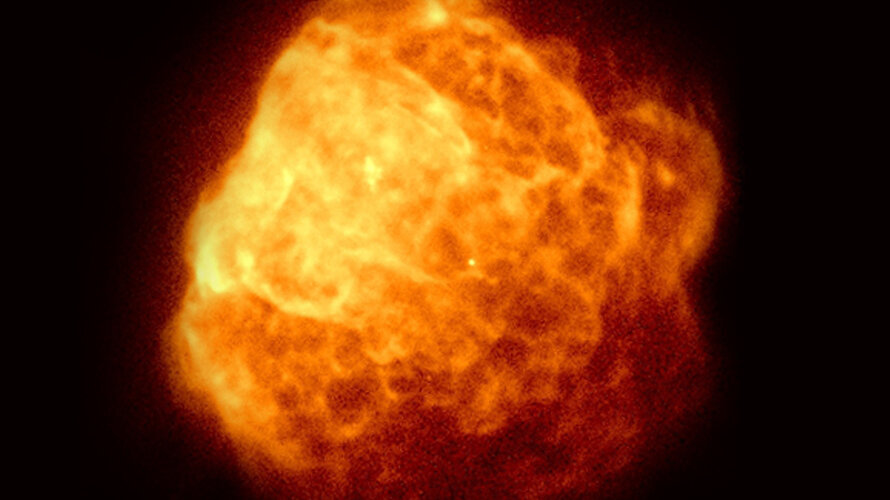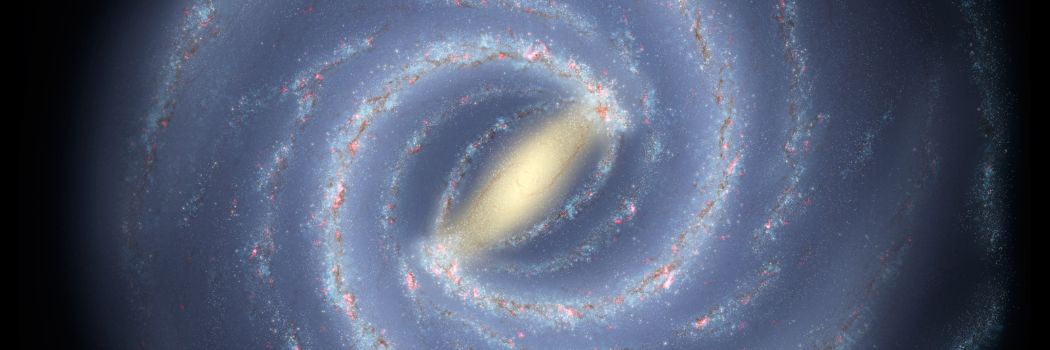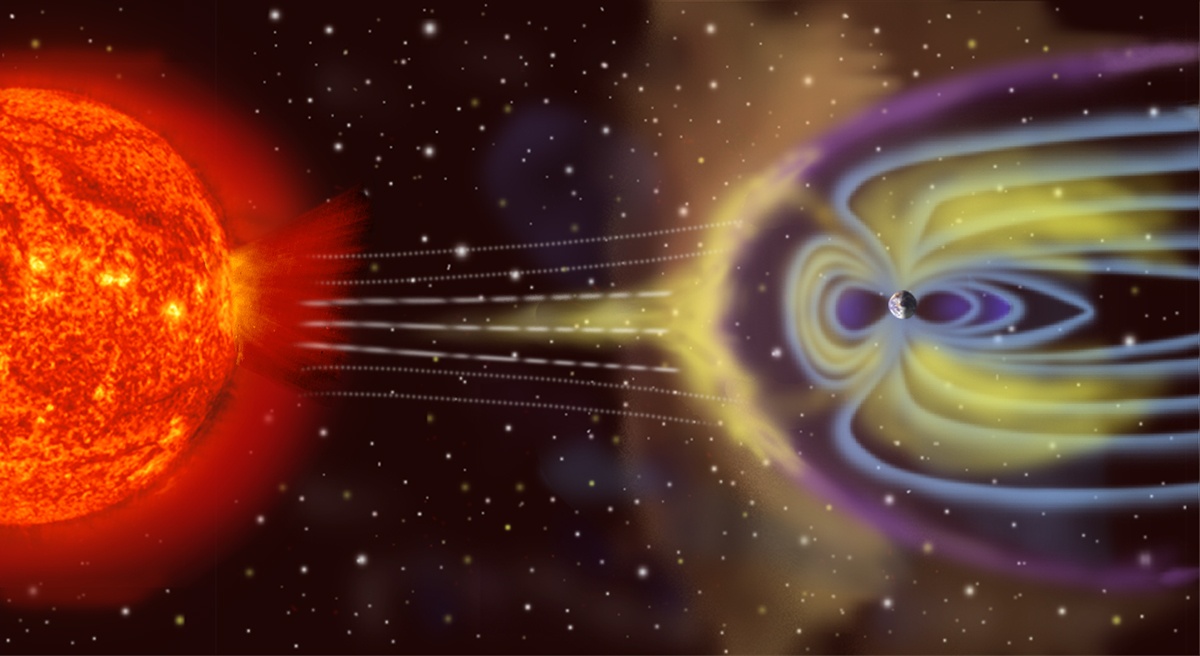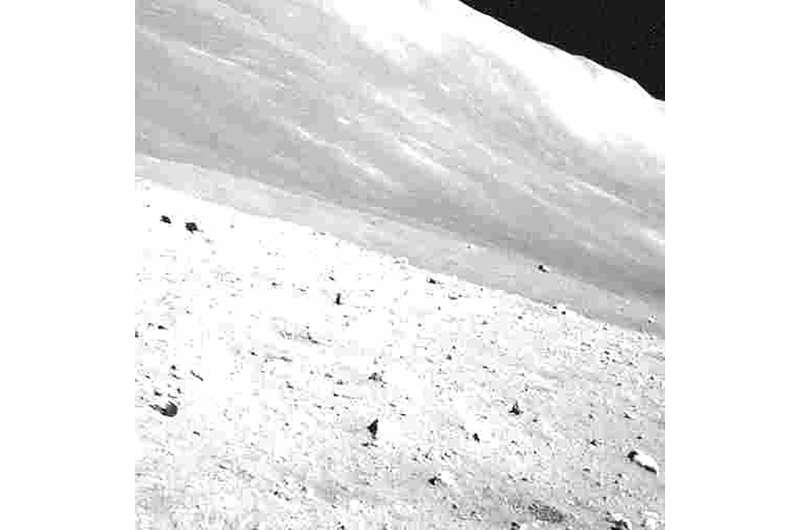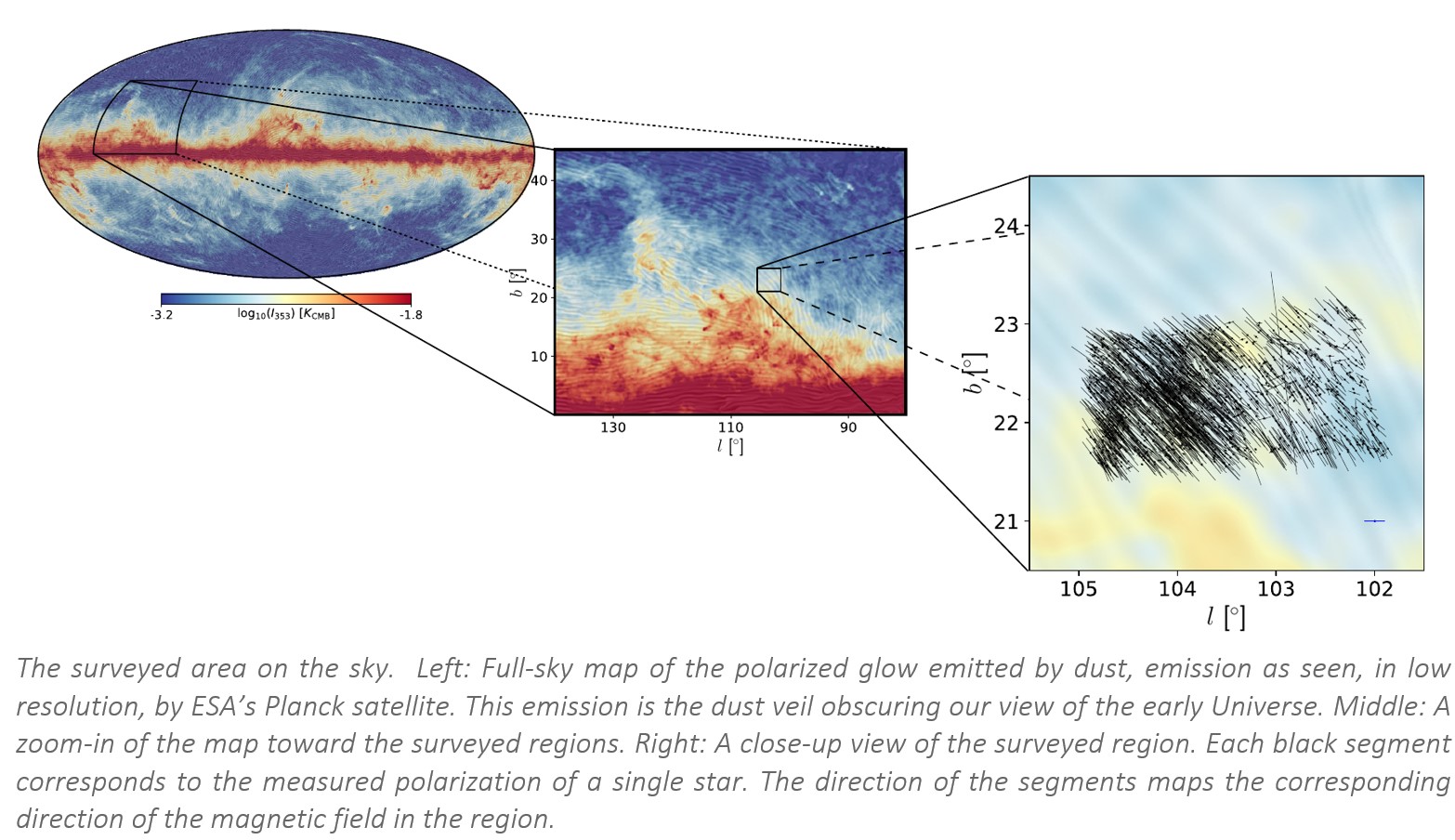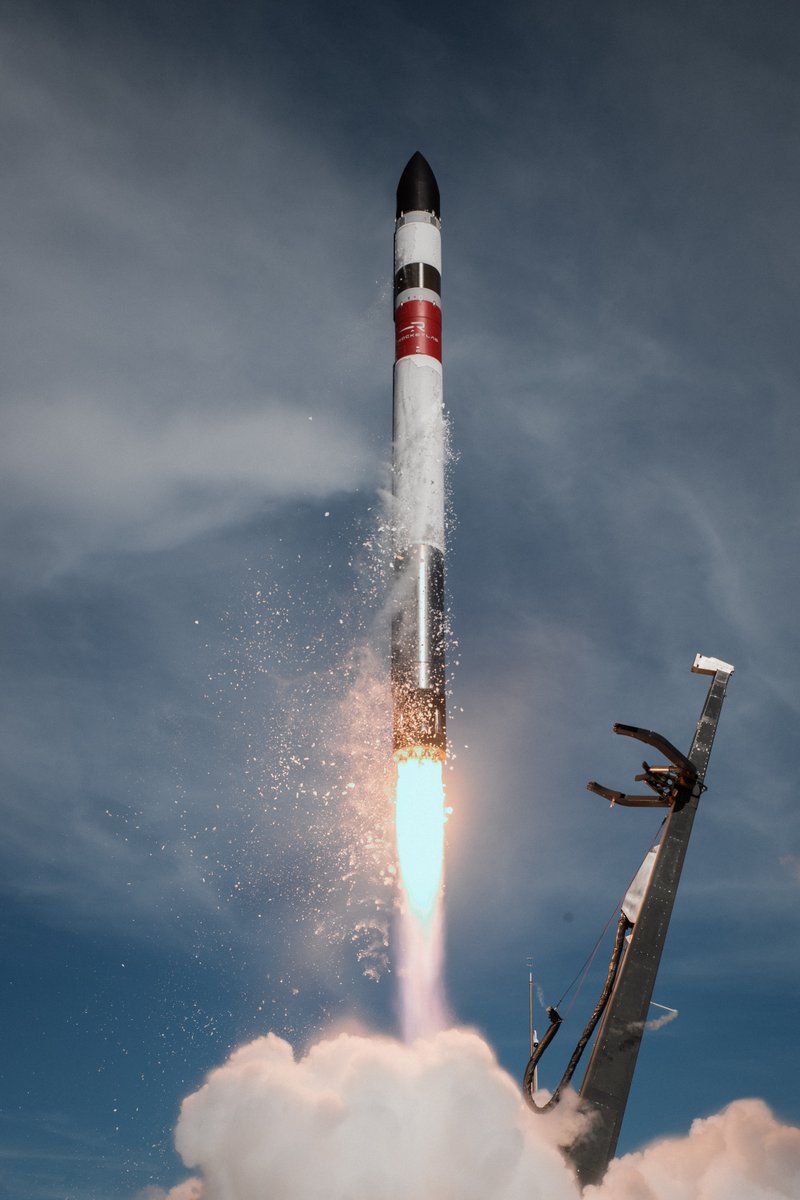On 9 January 2024, the Einstein probe was launched, its mission to study the night sky in X-rays. The first image from the probe that explores the Universe in these energetic wavelengths has just been released. It shows Puppis A, the supernova remnant from a massive star that exploded 4,000 years ago. The image showed the expanding cloud of ejecta from the explosion but now, Einstein will continue to scan the skies for other X-ray events.
Continue reading “First Light from Einstein Probe: A Supernova Remnant”Galaxies Evolved Surprisingly Quickly in the Early Universe
Anyone familiar with astronomy will know that galaxies come in a fairly limited range of shapes, typically; spiral, elliptical, barred-spiral and irregular. The barred-spiral galaxy has been known to be a feature of the modern universe but a study from astronomers using the Hubble Space Telescope has recently challenged that view. Following on observations using the James Webb Space Telescope has found the bar feature in some spiral galaxies as early as 11 billion years ago suggesting galaxies evolved faster in the early Universe than previously expected.
Continue reading “Galaxies Evolved Surprisingly Quickly in the Early Universe”Measuring Exoplanetary Magnetospheres with the Square Kilometer Array
Life on Earth would not be possible without food, water, light, a breathable atmosphere and surprisingly, a magnetic field. Without it, Earth, and its inhabitants would be subjected to the harmful radiation from space making life here, impossible. If we find exoplanets with similar magnetospheres then those worlds may well be habitable. The Square Kilometer Array (SKA) which is still under construction should be able to detect such magnetospheres from radio emissions giving us real insight into our exoplanet cousins.
Continue reading “Measuring Exoplanetary Magnetospheres with the Square Kilometer Array”Psyche is Still Sending Data Home at Broadband Speeds
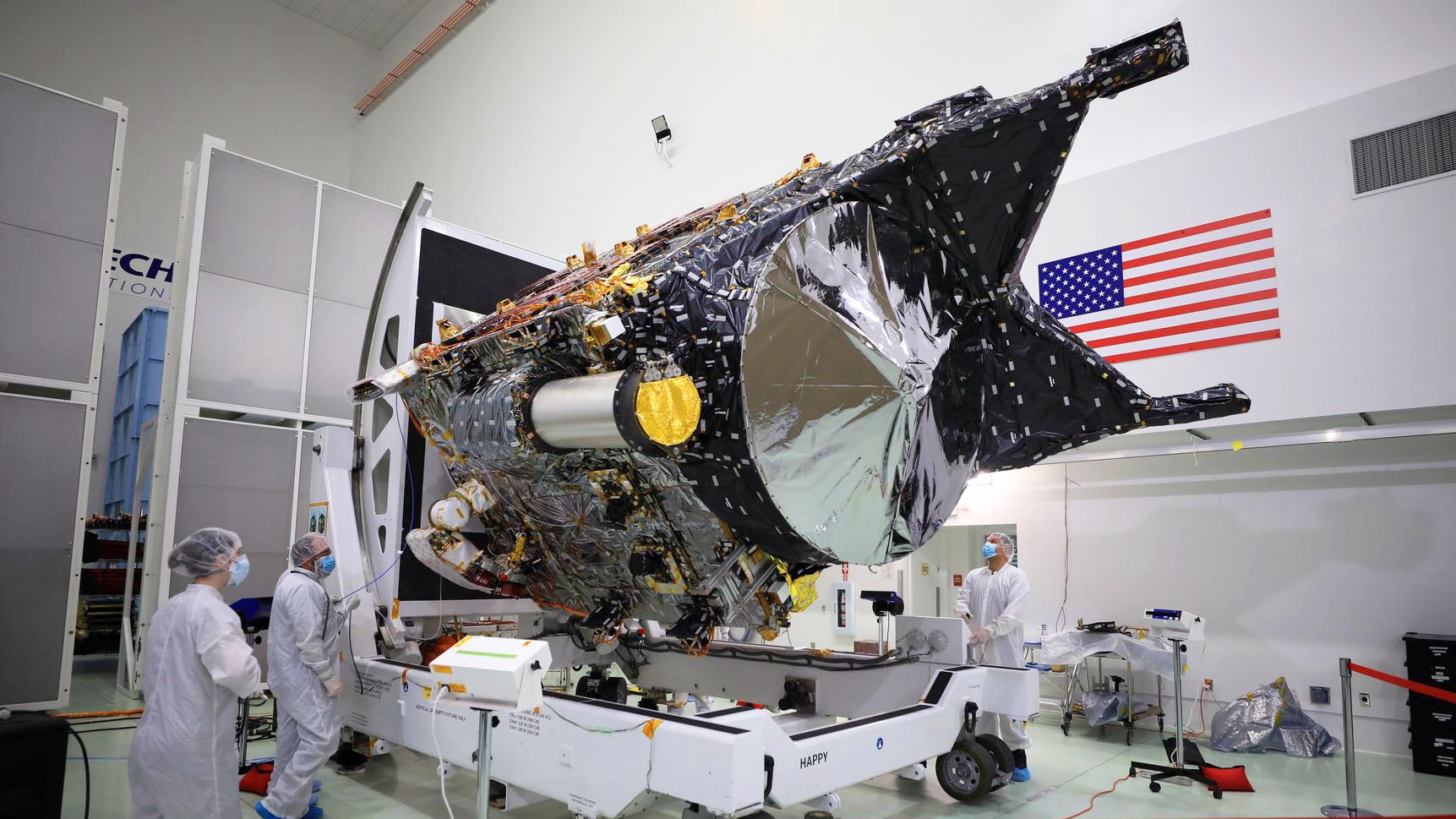
When I heard about this I felt an amused twinge of envy. Over the last year I have been using an unimpressive 4G broadband service and at best get 20 Mbps, NASA’s Psyche mission has STILL been getting 23 Mbps at 225 million km away! It’s all thanks to the prototype optical transmission system employed on the probe. It means it can get up to 100 times more data transmission rate than usual radio.
Continue reading “Psyche is Still Sending Data Home at Broadband Speeds”Astronomers Will Get Gravitational Wave Alerts Within 30 Seconds
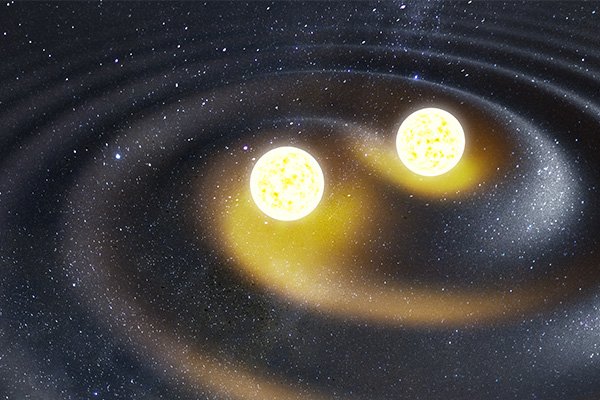
Any event in the cosmos generates gravitational waves, the bigger the event, the more disturbance. Events where black holes and neutron stars collide can send out waves detectable here on Earth. It is possible that there can be an event in visible light when neutron stars collide so to take advantage of every opportunity an early warning is essential. The teams at LIGO-Virgo-KAGRA observatories are working on an alert system that will alert astronomers within 30 seconds fo a gravity wave event. If warning is early enough it may be possible to identify the source and watch the after glow.
Continue reading “Astronomers Will Get Gravitational Wave Alerts Within 30 Seconds”Japan’s Lunar Lander Survives its Third Lunar Night
Space travel and exploration was never going to be easy. Failures are sadly all too common but it’s wonderful to see missions exceed expectations. The Japanese Space Agency’s SLIM lunar lander was only supposed to survive a single day but it’s survived three brutal, harsh lunar nights and is still going. The temperatures plummet to -170C at night and the lander was never designed to operate into the night. Even sat upside down on the surface it’s still sending back pictures and data.
Continue reading “Japan’s Lunar Lander Survives its Third Lunar Night”Black Holes Can Halt Star Formation in Massive Galaxies
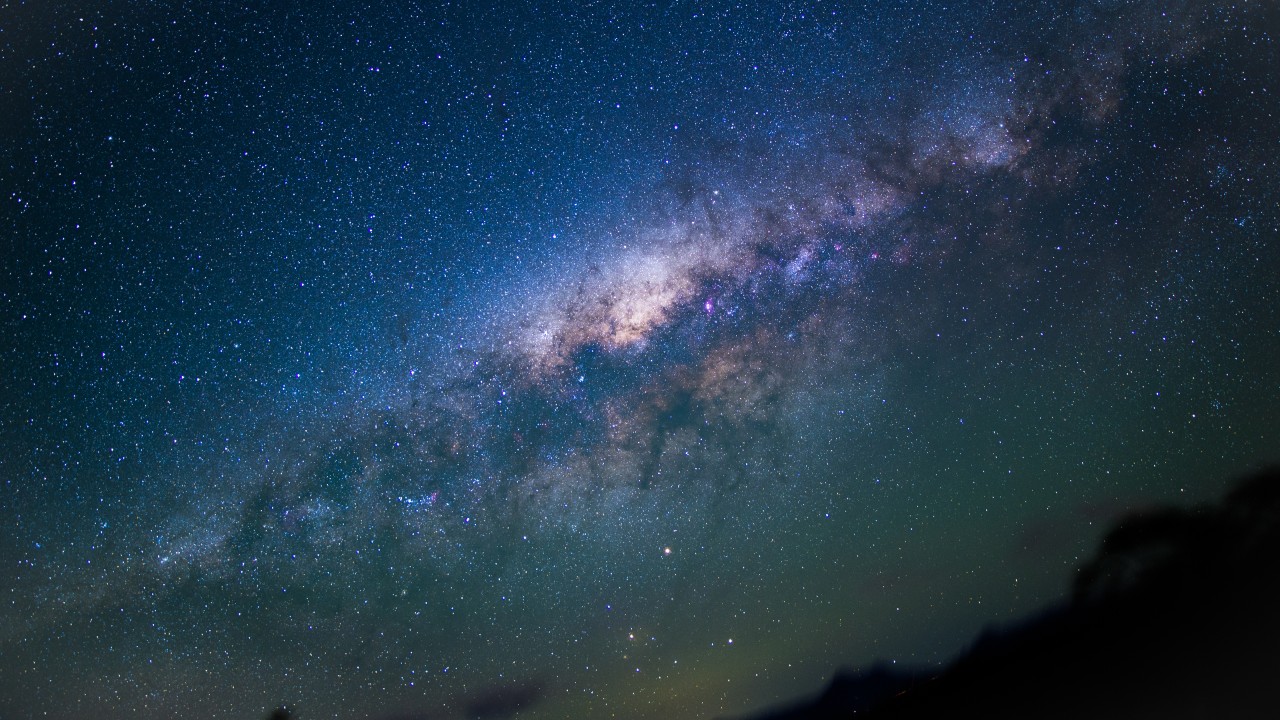
It’s difficult to actually visualise a universe that is changing. Things tend to happen at snails pace albeit with the odd exception. Take the formation of galaxies growing in the early universe. Their immense gravitational field would suck in dust and gas from the local vicinity creating vast collections of stars. In the very centre of these young galaxies, supermassive blackholes would reside turning the galaxy into powerful quasars. A recent survey by the James Webb Space Telescope (JWST) reveals that black holes can create a powerful solar wind that can remove gas from galaxies faster than they can form into stars, shutting off the creation of new stars.
Continue reading “Black Holes Can Halt Star Formation in Massive Galaxies”Mapping the Milky Way’s Magnetic Field in 3D
We are all very familiar with the concept of the Earth’s magnetic field. It turns out that most objects in space have magnetic fields but it’s quite tricky to measure them. Astronomers have developed an ingenious way to measure the magnetic field of the Milky Way using polarised light from interstellar dust grains that align themselves to the magnetic field lines. A new survey has begun this mapping process and has mapped an area that covers the equivalent of 15 times the full Moon.
Continue reading “Mapping the Milky Way’s Magnetic Field in 3D”NASA’s New Solar Sail Has Launched and Will Soon Deploy
Solar Sails are an enigmatic and majestic way to travel across the gulf of space. Drawing an analogy to the sail ships of the past, they are one of the most efficient ways of propelling craft in space. On Tuesday a RocketLab Electron rocket launched NASA’s new Advanced Composite Solar Sail System. It aims to test the deployment of large solar sails in low-earth orbit and on Wednesday, NASA confirmed everything is looking good for sail deployment
Continue reading “NASA’s New Solar Sail Has Launched and Will Soon Deploy”TESS Finds its First Rogue Planet

Well over 5,000 planets have been found orbiting other star systems. One of the satellites hunting for them is TESS, the Transiting Exoplanet Survey Satellite. Astronomers using TESS think they are made a rather surprising discovery; their first free-floating – or rogue – planet. The planet was discovered using gravitational microlensing where the planet passed in front of a star, distorting its light and revealing its presence.
Continue reading “TESS Finds its First Rogue Planet”
